FORT GEORGE G. MEADE, Md. -- Familiar sounds of gunfire rang through the hallways of Building 8606.
As alarms screeched and voices screamed for help, Fort Meade police entered the facility on 6th Armored Cavalry Road with guns drawn. Once officers reached the end of a hallway, they captured a man who was role-playing a gunman and put him in hand cuffs.
Officers shot nonlethal 9 mm Simunition rounds, which travel at 470-feet-per second, at the role-playing gunman. Capt. Jerry Koltz, operations officer at the Directorate of Emergency Services, said the shots feel like being stung by a "hornet on steroids."
The crisis was simulated as a part of the three-day Omega Falls II Antiterrorism and Force Protection Exercise held Jan. 25 to 27. The Fort Meade police, along with organizations from across the installation, were testing crisis skills during the exercise.
"There were a total of six scenarios that happened almost simultaneously," said Christopher Thiel, chief of the training division at the Directorate of Plans, Training, Mobilization and Security. "The organizations had a chance to test themselves on what they\'d be expected to do in case of an emergency. They all discovered where their gaps were," Thiel said. "For a gap analysis, you can't beat actually doing it and finding out where you might be stretched thin."
Omega Falls II began with an active-shooter response.
Two shifts of officers rehearsed how to take down a gunman. Koltz said the training isn't a standard exercise for the teams.
"This is a whole different animal," he said.
During the exercise, officers were taught to go straight for the shooter and not to stop for anything or anyone. The officers also took part in an instructional course taught by specialists from the U.S. Army Military District of Washington and Joint Force Headquarters National Capital Region. Following the movement phase, the police officers were critiqued on their performance.
"[The officers] absolutely will be better trained," Koltz said.
The first day of training was a busy one for police as they also helped create a perimeter around garrison headquarters with members of the Directorate of Public Works.
"We wanted to find out how long the perimeter would take to build, how many barriers it would take and how much property it would enclose," Thiel said.
Officers also helped evacuate Child Development Center II on the first day of the exercise, following a bomb scare simulation. The CDC staff practiced how they would evacuate youngsters safely from the building.
About 150 children were cleared from the building during the simulation.
"It went very smoothly, the kids did really well," said Bethann Keough, a CDC II program director.
After the center was evacuated, the children walked with leads to a designated area at Meade High School. The CDC II staff treated the exercise as they would an actual event. Their objective was to minimize panic and keep the children calm.
"We did not tell them that it was something scary. We told them we were taking a walk to the school," Keough said. "We had bags packed and ready to go that have bubbles and books and other things to keep the children busy."
The exercise also tested Army Community Service.
In response to the numerous "crises," ACS stood up a Family Assistance Center at the Community Readiness Center. The center routes and directs resources and information to family members and the general public when necessary.
"It's just to ensure that should something on the installation happen, the Family Assistance Center will be able to meet the requirements of the service members and families," said Sharon Collins, mobilization deployment specialist for ACS.
Role players went to the ACS center for a number of problems, seeking assistance from the legal offices, a chaplain, casualty officer or social workers.
"It ran the gamut [from] individuals who were calm, to those who were hysterical, angry, violent and throwing things around in the room," Collins said. "It was a good exercise to test the capabilities of the staff."
Kimbrough Ambulatory Care Center had its own crisis in dealing with an epidemic of a flu-like illness scenario.
Triage at McGill Training Center housed a large number of people who were stricken with the unconfirmed "illness."
Collins, Koltz and Keough all said they now feel more prepared to handle a crisis.
Thiel agreed. He said the exercise went well and served its purpose of preparing installation organizations for an emergency.
"We're ready for whatever happens," he said.
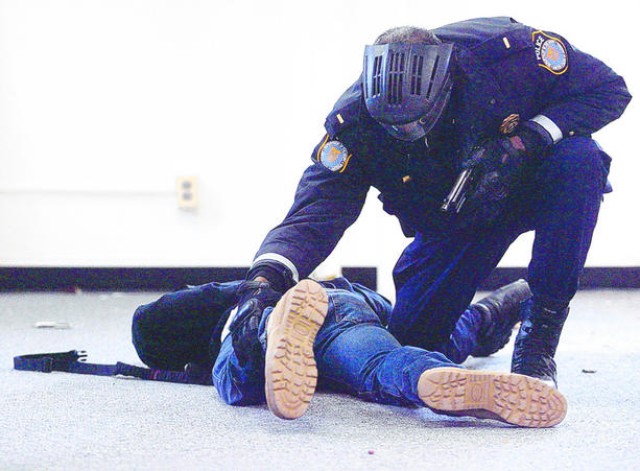
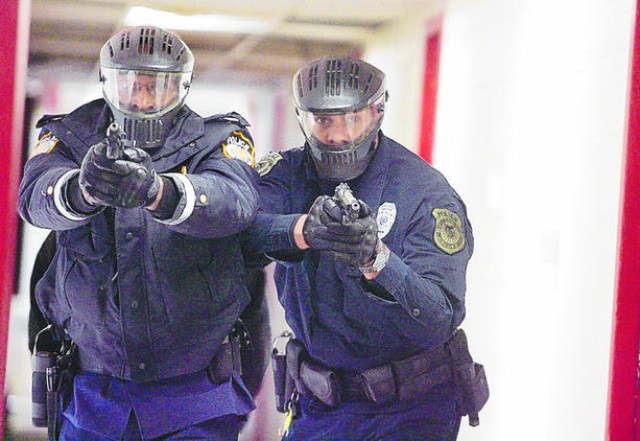
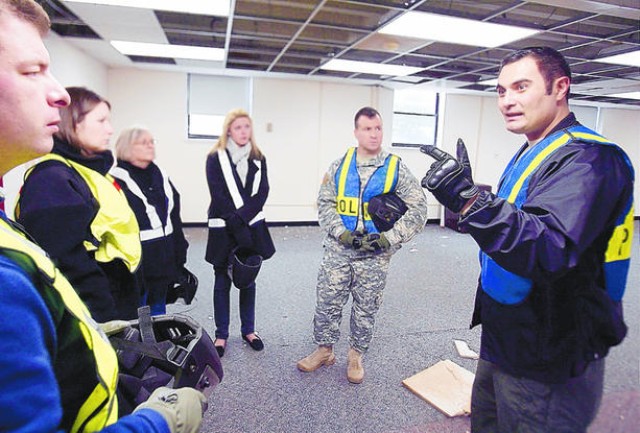
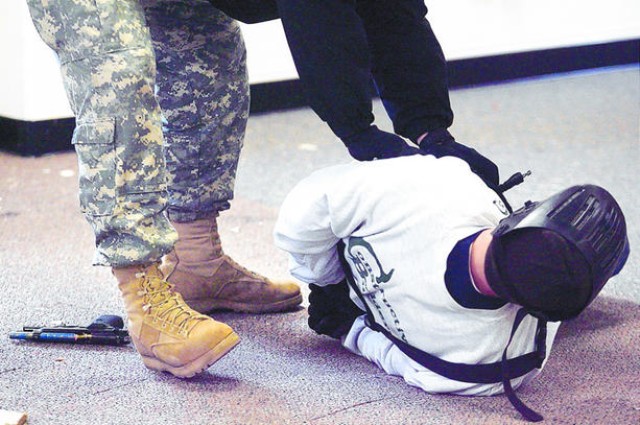
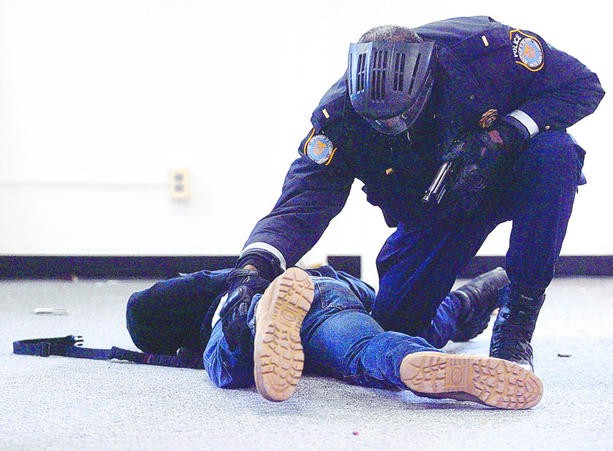
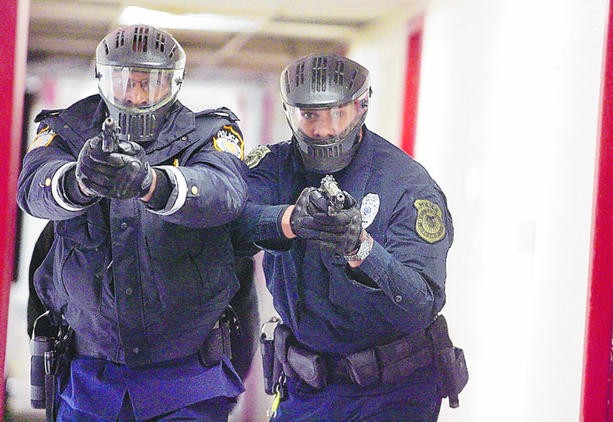
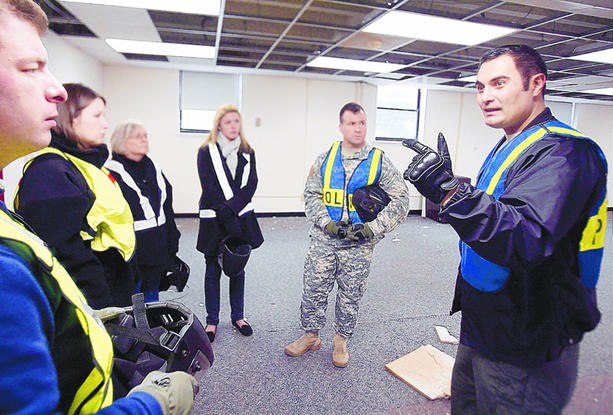
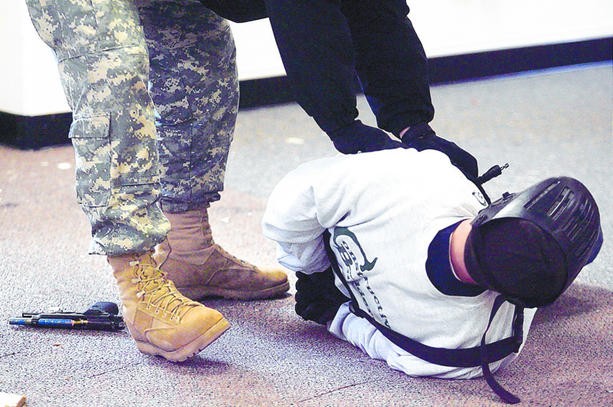
Social Sharing